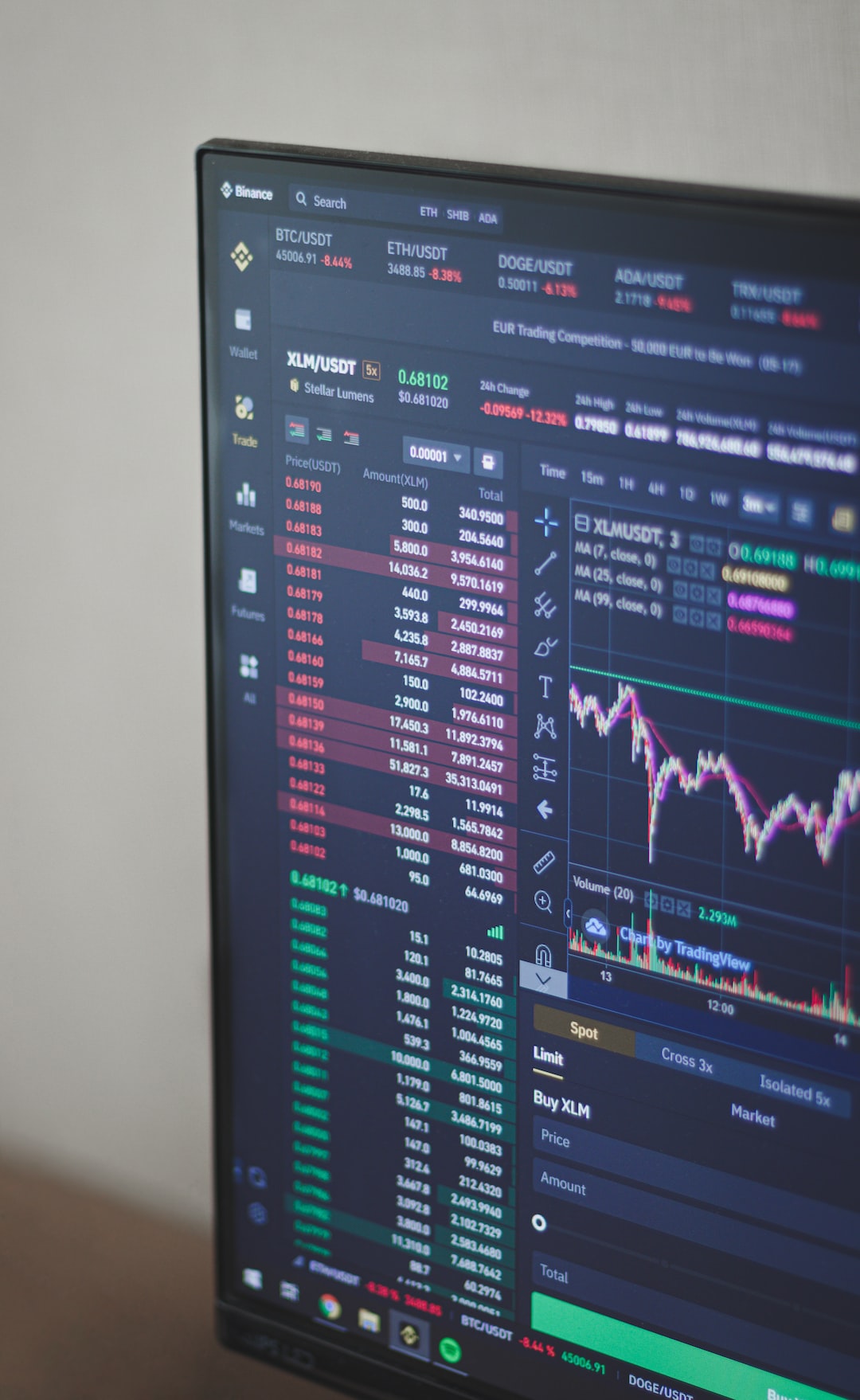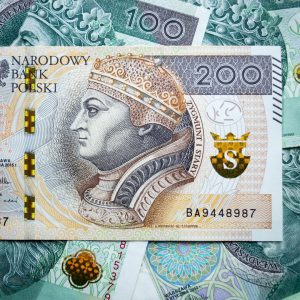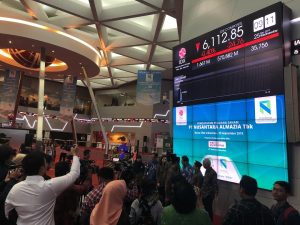The forex market, also known as the foreign exchange market, is the largest financial market in the world, with an average daily turnover of over $5 trillion. It is a decentralized market, meaning that it is not traded on a centralized exchange, but rather through a network of financial institutions, including banks, brokers, and dealers. One of the most fascinating aspects of the forex market is its constant movement, as prices fluctuate up and down in response to a variety of factors. In this article, we will explore some of the key drivers behind forex market movements.
Economic Indicators
Economic indicators are statistical measurements that provide insight into the health and performance of a country’s economy. Forex traders pay close attention to these indicators because they can signal changes in economic activity and affect currency prices. Some of the most important economic indicators include:
Gross Domestic Product (GDP) – This measures the total value of goods and services produced by a country over a specific period of time. A strong GDP typically signifies a healthy economy, which can lead to an appreciation in the currency.
Inflation – This refers to the rate at which prices for goods and services increase over time. If inflation is rising, it can lead to a decrease in the value of the currency, as it becomes less valuable relative to other currencies.
Interest Rates – Changes in interest rates can have a significant impact on currency prices. Higher interest rates can lead to a stronger currency, as investors are attracted by higher returns on their investments.
Employment Data – Data on employment, such as the unemployment rate and job creation numbers, can provide insight into the health of a country’s economy. Strong employment data can lead to an appreciation in the currency.
Geopolitical Events
Geopolitical events, such as political instability, natural disasters, and conflicts, can have a significant impact on currency prices. These events can lead to uncertainty and volatility in the markets, which can cause currency prices to fluctuate rapidly. For example, the Brexit vote in 2016 caused significant volatility in the markets, as investors were uncertain about the impact it would have on the UK economy and the value of the British pound.
Central Bank Policy
Central banks play a critical role in the forex market, as they are responsible for setting monetary policy and managing a country’s money supply. Changes in central bank policy can have a significant impact on currency prices. For example, if a central bank raises interest rates, it can lead to an appreciation in the currency, as investors are attracted by higher returns on their investments. Similarly, if a central bank implements quantitative easing, which involves increasing the money supply, it can lead to a decrease in the value of the currency.
Market Sentiment
Market sentiment refers to the overall mood or attitude of traders and investors towards a particular currency or market. If traders are optimistic about the prospects of a currency, it can lead to an appreciation in its value. Conversely, if traders are pessimistic, it can lead to a decrease in its value. Market sentiment can be influenced by a variety of factors, including economic data releases, geopolitical events, and central bank policy.
Technical Analysis
Technical analysis is a method of analyzing financial markets that involves using charts and other technical indicators to identify patterns and trends in price movements. Forex traders often use technical analysis to help them make trading decisions, as it can provide insight into potential market movements. Technical analysis can be used in conjunction with other factors, such as economic data and market sentiment, to help traders make more informed decisions.
In conclusion, the forex market is a complex and constantly evolving financial market, with a wide range of factors influencing currency prices. Economic indicators, geopolitical events, central bank policy, market sentiment, and technical analysis are just some of the key drivers behind forex market movements. As a forex trader, it is important to stay informed about these factors and how they can impact the markets, in order to make more informed trading decisions.





